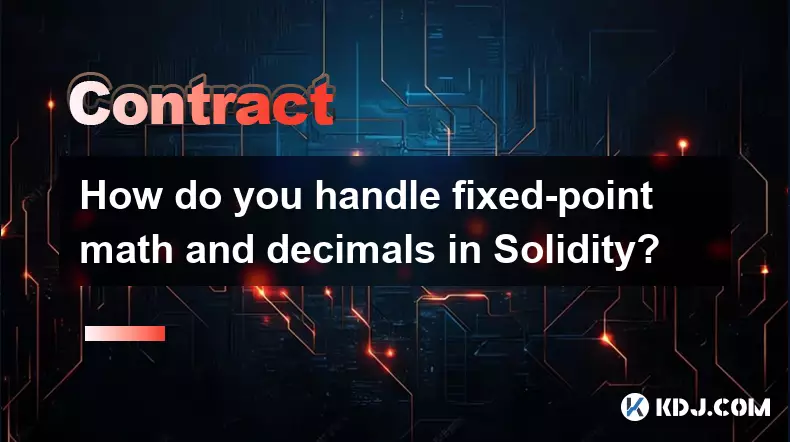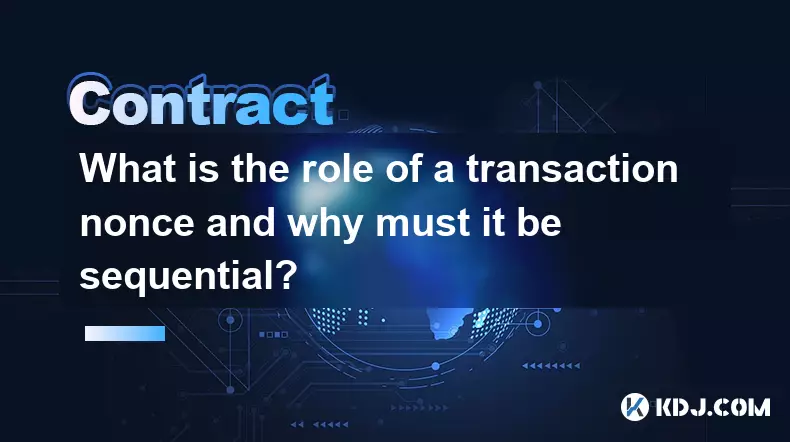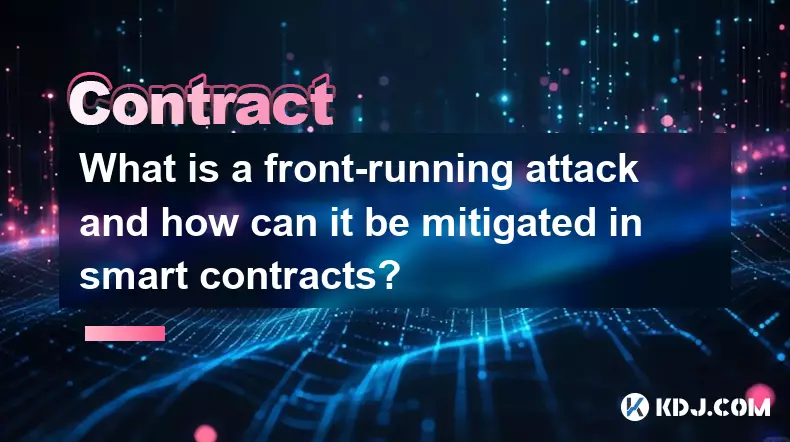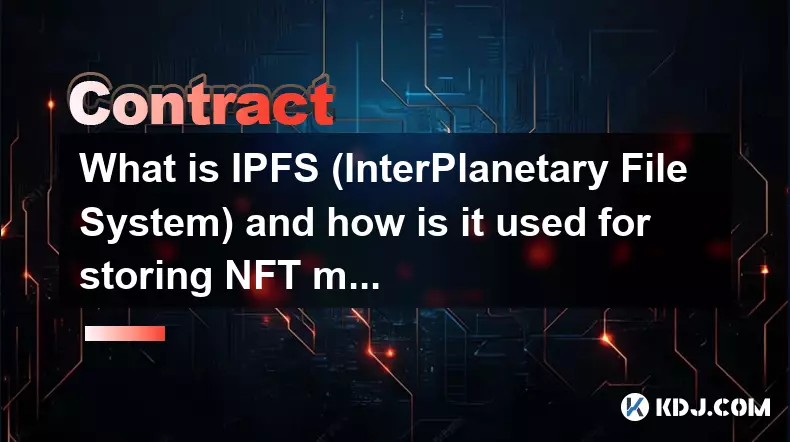-
 bitcoin
bitcoin $102877.190955 USD
1.88% -
 ethereum
ethereum $3430.435064 USD
4.52% -
 tether
tether $0.999264 USD
-0.05% -
 xrp
xrp $2.307310 USD
4.49% -
 bnb
bnb $987.740692 USD
3.82% -
 solana
solana $161.947760 USD
3.97% -
 usd-coin
usd-coin $0.999712 USD
-0.05% -
 tron
tron $0.292810 USD
2.93% -
 dogecoin
dogecoin $0.179738 USD
10.70% -
 cardano
cardano $0.580716 USD
8.75% -
 hyperliquid
hyperliquid $42.463448 USD
8.40% -
 chainlink
chainlink $15.763437 USD
7.05% -
 zcash
zcash $649.595636 USD
17.21% -
 bitcoin-cash
bitcoin-cash $511.610261 USD
7.19% -
 stellar
stellar $0.292537 USD
7.91%
Building a Profitable Crypto Trading Plan: A Step-by-Step Framework.
Define clear financial goals and risk tolerance to build a disciplined, adaptable crypto trading plan that withstands market volatility.
Nov 04, 2025 at 10:29 pm

Defining Clear Objectives and Risk Tolerance
1. Establish measurable financial goals such as monthly return targets or capital preservation thresholds. These benchmarks guide decision-making and help maintain discipline during volatile market phases.
2. Assess personal risk tolerance by evaluating how much drawdown can be endured emotionally and financially. This influences position sizing, asset selection, and stop-loss placement across trades.
3. Align trading frequency with lifestyle—day trading demands constant attention, while swing or position trading accommodates part-time involvement without sacrificing strategy integrity.
4. Document objectives in a written plan to create accountability. Revisiting this document regularly prevents emotional drift when markets turn unpredictable.
5. Define whether the aim is consistent small gains or high-risk high-reward plays, as this distinction shapes every subsequent step in the framework.
Selecting Markets and Assets Strategically
1. Focus on cryptocurrencies with sufficient liquidity and exchange support. Bitcoin and Ethereum offer stability and depth, while altcoins may provide asymmetric opportunities with higher volatility.
2. Analyze on-chain metrics like exchange inflows, wallet concentrations, and transaction volumes to identify accumulation or distribution phases before entering positions.
3. Monitor macro developments including regulatory shifts, protocol upgrades, and institutional adoption patterns that disproportionately affect certain tokens or sectors.
4. Diversify across blockchain ecosystems—Layer 1s, DeFi, NFTs, and real-world asset tokens—to reduce exposure to single-point failures while capturing cross-market momentum.
5. Avoid chasing hype-driven memecoins without clear utility or development activity; these often lack sustainable price support beyond speculative pumps.
Designing Entry and Exit Rules
1. Use technical analysis frameworks such as support/resistance breaks, moving average crossovers, or RSI divergences to time entries objectively rather than relying on sentiment alone.
2. Implement multi-tiered take-profit levels based on Fibonacci extensions or historical volatility bands to secure partial gains while letting runners capture extended moves.
3. Set hard stop-loss orders at levels where the original thesis invalidates, preventing emotional hesitation during sharp reversals.
4. Incorporate trailing stops for trending assets to lock in profits dynamically as prices move favorably, especially effective in parabolic crypto rallies.
5. Backtest entry and exit logic against at least six months of historical data to verify consistency under varying market regimes like bull runs, consolidations, and capitulation events.
Position Sizing and Capital Management
1. Allocate no more than 1–5% of total capital per trade depending on confidence level and risk profile, ensuring survival through inevitable losing streaks.
2. Adjust position size inversely to volatility—reduce exposure during extreme swings even if conviction is high, preserving equity during uncertain periods.
3. Maintain a reserve portion of funds unallocated to active trades, enabling opportunistic entries during flash crashes or sector rotations.
4. Rebalance portfolio weights periodically to prevent any single asset from dominating risk exposure due to unchecked appreciation.
5. Never leverage beyond capacity to absorb liquidation risks, particularly on centralized exchanges where sudden spikes can trigger cascading margin calls.
Reviewing Performance and Iterating Strategy
1. Track every trade in a journal detailing rationale, timing, outcome, and emotional state to uncover behavioral biases or repeated mistakes.
2. Calculate key performance indicators such as win rate, risk-reward ratio, maximum drawdown, and expectancy to assess true edge over time.
3. Schedule weekly reviews to evaluate alignment between actual execution and planned rules, identifying deviations caused by FOMO or fear.
4. Adapt parameters gradually—changing one variable at a time—to refine the system without abandoning proven mechanics during short-term underperformance.
5. Treat the trading plan as a living document, updated only after rigorous analysis, not reactionary impulses following isolated losses.
Frequently Asked Questions
How often should a crypto trading plan be revised?Adjustments should occur after a set number of completed trades or quarterly reviews, not in response to individual outcomes. Structural changes require evidence of sustained inefficiency across multiple market conditions.
Can the same trading plan work for both spot and futures markets?Different instruments demand distinct approaches. Spot trading emphasizes longer holding periods and reduced leverage impact, whereas futures require tighter risk controls and active monitoring due to funding rates and liquidation mechanics.
What role does psychology play in executing a trading plan?Emotional discipline determines adherence during stress. Traders who predefine actions reduce impulsive decisions, making psychological resilience a function of preparation rather than willpower.
Is it necessary to automate a crypto trading strategy?Automation enhances consistency but isn't mandatory. Manual execution works effectively if strict rule-following is maintained. Automation becomes critical when strategies rely on speed, precision, or frequent interventions impractical for humans.
Disclaimer:info@kdj.com
The information provided is not trading advice. kdj.com does not assume any responsibility for any investments made based on the information provided in this article. Cryptocurrencies are highly volatile and it is highly recommended that you invest with caution after thorough research!
If you believe that the content used on this website infringes your copyright, please contact us immediately (info@kdj.com) and we will delete it promptly.
- Ripple (XRP) in 2026: Hold or Fold? A Look at XRP's Future and Emerging DeFi Alternatives
- 2025-11-08 18:35:01
- Zcash ZEC Coin Price Explosion: From Privacy Niche to Center Stage
- 2025-11-08 18:55:01
- Berachain Price Prediction: Navigating the Honeycomb Hype in Crypto
- 2025-11-08 18:55:01
- Arthur Hayes, Gold, and Bitcoin: A Modern Monetary Trinity?
- 2025-11-08 19:15:01
- Shiba Inu's Next Move: Navigating a Shifting Market
- 2025-11-08 19:20:01
- Pakistan's Crypto Crossroads: Balancing Opportunity with Asset-Backed Realities
- 2025-11-08 19:20:01
Related knowledge

What is a state machine and how can a contract be designed as one?
Nov 08,2025 at 02:19pm
Understanding State Machines in Blockchain Context1. A state machine is a computational model used to design systems that transition between defined s...

How do you upgrade a smart contract using the UUPS proxy pattern?
Nov 09,2025 at 01:19am
Understanding the UUPS Proxy Pattern in Smart Contract DevelopmentThe UUPS (Universal Upgradeable Proxy Standard) pattern has become a cornerstone in ...

How do you handle fixed-point math and decimals in Solidity?
Nov 08,2025 at 11:40pm
Understanding Fixed-Point Arithmetic in Solidity1. Solidity does not natively support floating-point numbers, which means developers must rely on fixe...

What is the role of a transaction nonce and why must it be sequential?
Nov 09,2025 at 01:00am
Understanding the Transaction Nonce in Blockchain Systems1. A transaction nonce is a number used once, associated with a user's account in blockchain ...

What is a front-running attack and how can it be mitigated in smart contracts?
Nov 08,2025 at 11:20am
Understanding Front-Running in Blockchain Transactions1. In the context of blockchain and decentralized applications, a front-running attack occurs wh...

What is IPFS (InterPlanetary File System) and how is it used for storing NFT metadata?
Nov 08,2025 at 06:00pm
Understanding IPFS and Its Role in Decentralized Storage1. The InterPlanetary File System (IPFS) is a peer-to-peer hypermedia protocol designed to mak...

What is a state machine and how can a contract be designed as one?
Nov 08,2025 at 02:19pm
Understanding State Machines in Blockchain Context1. A state machine is a computational model used to design systems that transition between defined s...

How do you upgrade a smart contract using the UUPS proxy pattern?
Nov 09,2025 at 01:19am
Understanding the UUPS Proxy Pattern in Smart Contract DevelopmentThe UUPS (Universal Upgradeable Proxy Standard) pattern has become a cornerstone in ...

How do you handle fixed-point math and decimals in Solidity?
Nov 08,2025 at 11:40pm
Understanding Fixed-Point Arithmetic in Solidity1. Solidity does not natively support floating-point numbers, which means developers must rely on fixe...

What is the role of a transaction nonce and why must it be sequential?
Nov 09,2025 at 01:00am
Understanding the Transaction Nonce in Blockchain Systems1. A transaction nonce is a number used once, associated with a user's account in blockchain ...

What is a front-running attack and how can it be mitigated in smart contracts?
Nov 08,2025 at 11:20am
Understanding Front-Running in Blockchain Transactions1. In the context of blockchain and decentralized applications, a front-running attack occurs wh...

What is IPFS (InterPlanetary File System) and how is it used for storing NFT metadata?
Nov 08,2025 at 06:00pm
Understanding IPFS and Its Role in Decentralized Storage1. The InterPlanetary File System (IPFS) is a peer-to-peer hypermedia protocol designed to mak...
See all articles





















![The Graph Price Prediction [GRT Crypto Price News Today] The Graph Price Prediction [GRT Crypto Price News Today]](/uploads/2025/11/07/cryptocurrencies-news/videos/690d4df44fe69_image_500_375.webp)



















































